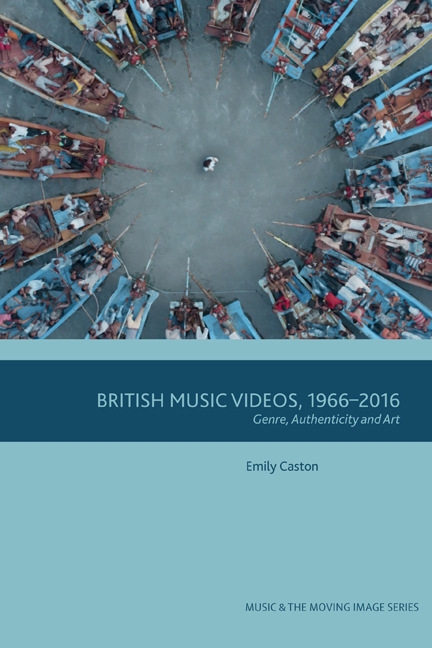Summary
How have British music videos been distributed in the fifty-year period since 1966? Existing scholarship focuses overwhelmingly on MTV (Denisoff 1991, Kaplan 1987, Marks and Tannenbaum 2012, Austerlitz 2007, Banks 1996). Even Andrew Goodwin's Dancing in the Distraction Factory, with the declared ambition to tell the story not of American music video but of British music video, dedicates two chapters to MTV (Goodwin had relocated to the USA during the writing of the book). This has led to a widespread public perception that music videos throughout the 1980s and 1990s were synonymous with MTV, and that MTV was the main viewing platform for British youth. But this is not supported by the evidence on television distribution and audiences. In this chapter, I detail the changing distribution of music videos in Britain between 1966 and 2016. I present evidence about the uniquely British television and home entertainment formats through which British audiences have engaged with video since the 1970s; and I then move on to suggest some ways in which authorship and genre have altered in the YouTube era, based on the experiences of directors, producers and commissioners working in the industry in 2016.
TELEVISION
In the 1960s, promotional clips were pre-recorded inserts made for youth- and music-focused television shows. They were made when a band wasn't able to appear live on the show. The mimed studio performance inserts for TOTP (BBC 1964–2006) were usually filmed on a Wednesday. They were recorded on film or Ampex (Smith 2019: 6), and often commissioned by band management. One of the earliest examples is the Moody Blues’ ‘Go Now’ (1964) clip (Smith 2019: 7–8). Peter Whitehead quickly became a creative innovator in the field, and it was during this era that landmark pop promos for The Kinks, The Who, Pink Floyd, the Dave Clark Five, The Animals, The Beatles and Manfred Mann were made.
The BBC's attitude towards pop promos and music videos appears to have been mixed. The corporation disliked them because it could not categorise them as programmes or adverts. On either definition, they were inadmissible.
- Type
- Chapter
- Information
- British Music Videos 1966 – 2016Genre, Authenticity and Art, pp. 105 - 122Publisher: Edinburgh University PressPrint publication year: 2020



